Know
Equitable development a focus as 22nd Street South blossoms
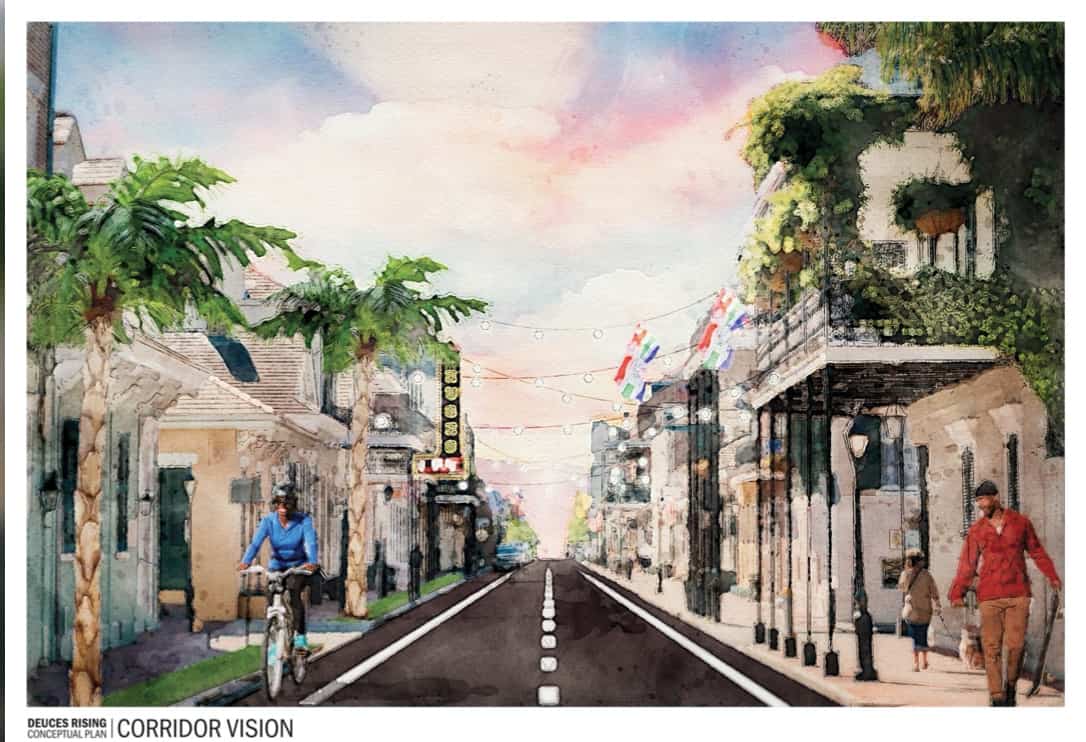
The 22nd Street South corridor in St. Petersburg stands poised for a renaissance, with several real estate and economic development projects planned or underway.
Civic leaders and private investors are working to turn this booming moment for the south St. Petersburg corridor into a movement for equitable development.

Ernest Hooper
“Development projects have long possessed the promise of elevating communities, but in St. Petersburg that promise has gone unfulfilled in a number of African American neighborhoods and districts,” said Ernest Hooper, vice president of communications at United Way Suncoast and a former Tampa Bay Times columnist. Hooper moderated a March 4 panel discussion on equitable development sponsored by the Urban Land Institute Tampa Bay.
He cited five initiatives for 22nd Street South that could change the paradigm:
• Deuces Live Main Street is looking to lead a revival on the corridor while preserving its cultural heritage.
• The Historic Manhattan Casino is seeking to reimagine itself as a food hall with a business incubator.
• The Dr. Carter G. Woodson African American Museum is relocating to 22nd Street South, just south of Deuces Rising, also called the Sankofa Project, a mixed-use development with retail, office, incubator and co-work space, along with 26 affordable townhomes.
• Place Projects wants to convert seven acres on 22nd Street South between 1st Avenue South and 6th Avenue South into an industrial mixed-use district, combining modern industrial uses such as maker spaces with arts-related retail, offices and homes.

Veatrice Farrell
Development in the area has occurred in starts and stops for the past several years, said Veatrice Farrell, executive director of Deuces Live. There have been successes, including the Pinellas County Job Corps and St. Petersburg College Midtown Center. Because that development has been disbursed over several blocks, and is not concentrated, it’s been difficult to see, Farrell said.
Now, that could be changing.
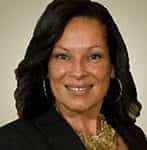
Gypsy Gallardo
“We’re entering this period where’s an unprecedented concentration of redevelopment projects blossoming all at once,” said Gypsy Gallardo, CEO, The One Community Plan.
Gallardo wants to leverage public and private investments as well as the overlapping nature of the projects and the people working on them to continue the momentum that’s underway.
Development engines
The Manhattan Casino will be a development engine for the corridor, said Leigh Fletcher, managing partner at Fletcher Fischer Pollack. Fletcher, a land use attorney, also is a partner in the Rising Tide Innovation Center and part of the investment group for the Manhattan Casino.

Leigh Fletcher
“At Rising Tide we’re about entrepreneurship. We’re about creating opportunities for small business. We believe the path to generational wealth is through small business development. So when we looked at the building we saw an opportunity to help small businesses grow, particularly in the food industry,” Fletcher said.
To maximize the space, the large kitchen has been converted to six mini-kitchens for aspiring restaurateurs. It also has space for food industry professionals who need a commissary or commercial kitchen. There’s also a coffee shop, an event space and an entrepreneurial center.
“The Manhattan Casino becomes a place of wonderful food where you can experience some of the newest and best restaurateurs in St. Petersburg, but it also becomes an engine to re-populate the storefronts of the 22nd Street Corridor,” Fletcher said. “Creating opportunities for people to create business in their own neighborhood to support their families is the point of what we are trying to do.”
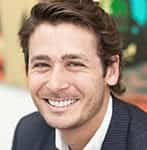
Joe Furst
The industrial mixed-use district envisioned by Joe Furst, founder and managing principal of Place Projects, would bring new life to large swaths of vacant land that have been sitting stagnant since manufacturing companies left the area. It also would solidify connections for projects on the 22nd Street Corridor south of 6th Avenue with SunRunner, the bus rapid transit lines that will run along 1st Avenue South and 1st Avenue North between downtown St. Petersburg and St. Pete Beach.
“In order for bus rapid transit or any rapid transit to work, you need to have density and intensity around transit and connectivity to surrounding neighborhoods, so you can have an easily walkable path to get to the bus rapid transit stop,” Furst said. “My first order of business is thinking about a transit oriented development that connects Central Avenue to the Warehouse Arts District to the Deuces so that there can be job opportunities, better connection and a better public realm to create more walkability between Central Avenue and south St. Pete along 22nd Street.”
Partnerships
The 22nd Street corridor is one of many in the city where historic African American communities are looking for investment, Farrell said. Others include 16th Street and Dr. Martin Luther King Jr. St. S.
The panelists each offered some advice for the ULI audience, including real estate developers who are interested in doing their own projects.
“When we say equitable investment, I think it’s important to partner with people who are already doing this work, versus saying ‘I have an idea and I want to build something’ and displacing the people who already are here,” Farrell said. “For the people who have historically lived in underserved communities, the worst thing you can do is tell them you are going to redevelop their community and they can no longer live there … Highest and best use isn’t always the key indicator of development. That’s what equitable development is all about.”
Mainstream developers increasingly understand that equitable development involves building relationships, Gallardo said.
“Go to your logical stakeholders. They are going to be the neighborhood associations in the project area, the Main Street organizations in those development areas, the Black economic development organizations and those who are involved,” she said.
Thoughtful and authentic conversations are critical, Fletcher said.
“It’s about weaving things together. It’s not about dropping something arbitrarily into a neighborhood that doesn’t fit with the culture or the fabric of what’s going on,” Fletcher said. “When developers look at a neighborhood and say, ‘I think this would be much better if it looks more like something else I’m familiar with,’ that may or may not be true, but the only way to determine that is to talk with the people who live there and work there.”
Understanding the history of a community also is key, Furst said. “There’s not a one-size-fits-all solution. If you come into an area with a preconceived notion of what it’s supposed to be, then your notion is going to be flat wrong because you can’t form those ideas until you understand from the people around you what they want to see and their life experience that shaped the view of where they want to go.”
The panel was part of ULI’s 21-day equitable development challenge, designed to identify actions individuals and organizations can take to address inequities in the real estate industry.


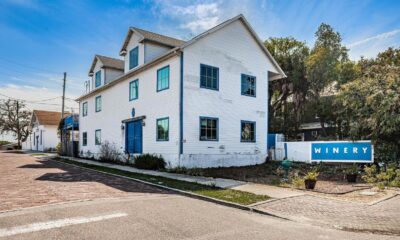



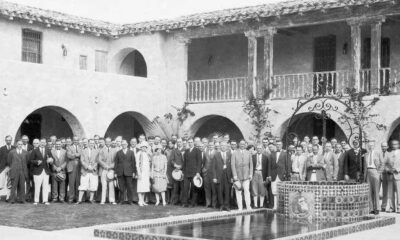

Danny White
March 9, 2021at1:46 pm
Jerry Bynes, you make an excellent point: this is a prime opportunity to engage future leaders by encouraging youth participation in the planning process. Start young and set examples!
Jerry Bynes
March 9, 2021at5:13 am
Keep it simple and please solicit youth leadership and input. Progress is welcomed and may the Lord guide and Keep a hedge of protection around this community, city county and nation 🙏
Mahalia Blue Feliu
March 8, 2021at1:56 pm
It all sounds great however I lived in st pete for 37 yrs and seen the changes and hopes.yet we still have a large group that of youth that have to travel out for entertainment such as skating bowling and game rooms ect.i hope that It all come to light before I leave this earth which is no time soon I pray. Let’s work together for everyone’s good
Barry
March 8, 2021at10:19 am
Can you be for revitalization of the area and against gentrification?
Think about what Beach Drive looked like twenty years ago.
If the area is to thrive, political do-gooders will have to get out of the way and let it happen.